One of the best parts of traveling is trying local food. I especially appreciate local desserts. Sweets are a luxury, a celebration of a well-spent day. Asian desserts are heavy on local fruits, rice, and beans. They are different than most sweets westerners are used to. Enjoy my collection of the best Asian desserts from travel bloggers who have spent time enjoying sweets on the largest continent.
Desserts from Azerbaijan
From Cal of Once in a Lifetime
Pakhlava
Azeri foods are a cross between Asian and European with influences spanning the world including Indian, Chinese, Turkish, Iranian, Middle Eastern and Mediterranean. Today’s food has kept its traditional tone from a time when caravans crossed the Silk Route. Dessert in Azerbaijan usually involves two of its sweetest exports, pakhlava and badambura. Pakhlava, similar to the Turkish baklava is a sweet pastry made with around 10 layers of ground hazelnuts or walnuts mixed with honey or sugar and spices like cardamom or clove. At the top is a blend of yolk mixed with saffron and topped with more nuts. They were usually only eaten for Novruz, the Zoroastrian spring festival, but can now be found anywhere and at any time.
Badambura
Badambura is similar to pakhlava but less sweet. Badam is almond in Azeri, so this is made with almonds, along with sugar, cardamom and vanilla. Eat these together and wash them down with some strong black tea that the Azeri are known for.
Dessert in the Nation of Brunei
Kueh
From Penny of Globe Trove
We spent a number of months in Brunei which few people know is a foodies paradise. Among the many different types of sweets that Brunei has to offer us, we found ourselves loving Kueh the most. Ironically, the kueh could be either sweet or savory. The glutinous part of the sweet is made of rice paste and the stuffing is made of bean paste. The type of bean paste sets each apart from the other. These tasty delicacies can be found at all the feasts and at the local outdoor food markets. Definitely something you should try should you be in the country.
Japanese Desserts
Lena Scheidler from Nagoya Foodie
The Japanese have some very unique sweets and desserts very unfamiliar to the western pallet. They use ingredients such as Matcha green tea powder, rice flour, and red beans to make their traditional desserts.
Zenzai
One of these traditional Japanese desserts is Zenzai. Sweet red bean soup with a rice cake.
The red beans are first soaked in water and then cooked to make them soft. A lot of sugar is added to give the soup its sweet taste. The rice cakes are made from rice flour and aren’t sweet. But they soften in the hot soup and become chewy with a texture almost similar to melting cheese.
Zenzai is served with a cup of tee and some salty pickles. Japanese cuisine loves playing with contrasts such as sweet and salty and the pickles bring out the sweetness of the soup even more. This might all sound very strange to you, but I encourage you to try Zenzai and other Japanese sweets when you visit Japan.
Oni Manju
One of my favorite sweets is called devil’s rice cake or Oni Manju, made from rice flour, sugar, and sweet potato chunks. With just the right amount of sweetness and the tart flavor of the sweet potato, it is a delicious and filling treat that can be only found in Nagoya.
Korean Desserts
Bingsu
From Mar Pages of Once in a Lifetime Journey
Bingsu is one of the most popular Korean desserts, especially in the summer months where it comes as a refreshingly sweet milky treat to ward off the heat. Bingsu is basically shaved ice that is topped with all kinds of treats. The most traditional bingsu comes with pat, or sweet red bean paste, and tteok, or chewy rice cakes. You will know what kind of bingsu it is as the name of the topping is usually placed before, for example, patbingsu.
The dessert can come with ice creams of all flavors, fruits of all kinds, and even cheese or yoghurt. There are even healthy types of bingsu where you will find local herbs and plants topping your dish like hanbang (medicinal herb), gugija (wolfberry fruit), and even some with traditional Korean tea called sujeonggwa (cinnamon punch). While this tasty and fresh snack can be found almost anywhere in the summer, and even winter, I would suggest heading to Samchong-dong if you’re in Seoul. This is a romantic area very close to the top palaces to visit and tourist center of Jongno. There are a variety of places here in old hanok-style houses with views of the cobblestone roads.
Laos Desserts
Khanom kok (Lao Coconut Cakes)
By Marie Moncrieff from A Life Without Borders
Lao sweet treats and desserts, while not enjoyed on a daily basis, play an important part in celebrating many traditional ceremonies and festive occasions where whole families will gather together to create special festive foods. Usually based on sticky rice, fruit, coconut milk, and sugar, you’ll find most Lao treats being sold at fresh markets and street food vendors throughout Laos.
A popular dessert favoured by visitors to Laos is khanom kok, or bite-sized steamed coconut cakes. The tiny crescent-shaped cakes are made from rich coconut cream and rice flour batter which is poured into the round moulds of a hot cast iron griddle resembling a poffertjes pan.
Cooked until golden-brown and crispy on the outside, khanom kok are molten and silky smooth on the inside. With a fragrant coconut scent and the perfect balance of sweet-and-savory flavours, two little coconut cakes are usually sandwiched together. Served warm in their own delicate banana-leaf bowl, it’s easy to devour several of these delicious morsels in one single sitting.
Malaysian Desserts
ABC or Ice Kacang
From Jodie of Ala Jode
If you ever find yourself in cities like Kuala Lumpur or Kota Kinabalu, you might notice signs saying “ABC here” or “We sell ABC”. ABC is a dessert also known as ‘Ice Kacang’ – and it may be the most refreshing one you ever try. A generous helping of shaved ice, covered with toppings such as red beans, sweet corn, grass jelly or other local ingredients, ABC is an unusual mix of savoury foods that blends to make a very sweet treat.
When the weather gets too hot and humid in Malaysia, the locals love to cool down with a big bowl of “ABC, so why not do the same? If the original recipe isn’t to your liking, you can also find a number of variations on the dish. Cendol is a creamier take on the dish, made with coconut milk and flavourings from plants or fruits such as durian.
Roti Bakar in Penang
By Marco Ferrarese of Penang Insider
Roti Bakar is the Malay language for “burnt bread” and refers to a fantastic charcoal-grilled slice of white bread served with a smattering of kaya (coconut jam) and butter. It’s definitely a leftover of the British Empire, who ruled over Malaysia and the island of Penang until 1957, with an obvious coconut local spin.
Locals eat it for breakfast or really whenever they please as it goes along very well with the thick black local coffee. Some like it to go along a pair of soft boiled eggs, and dunk piece after piece.
The best thing though is that roti bakar is shared by the multi-ethnic community of Malaysia and binds the nation. Malays, Chinese and Indians, they all have their own way to roast up the “burnt bread” and whip up a couple of eggs on the side. Don’t forget a frothy cuppa of kopi tarik to go along.
Mongolian Desserts
Boortsog in Mongolia
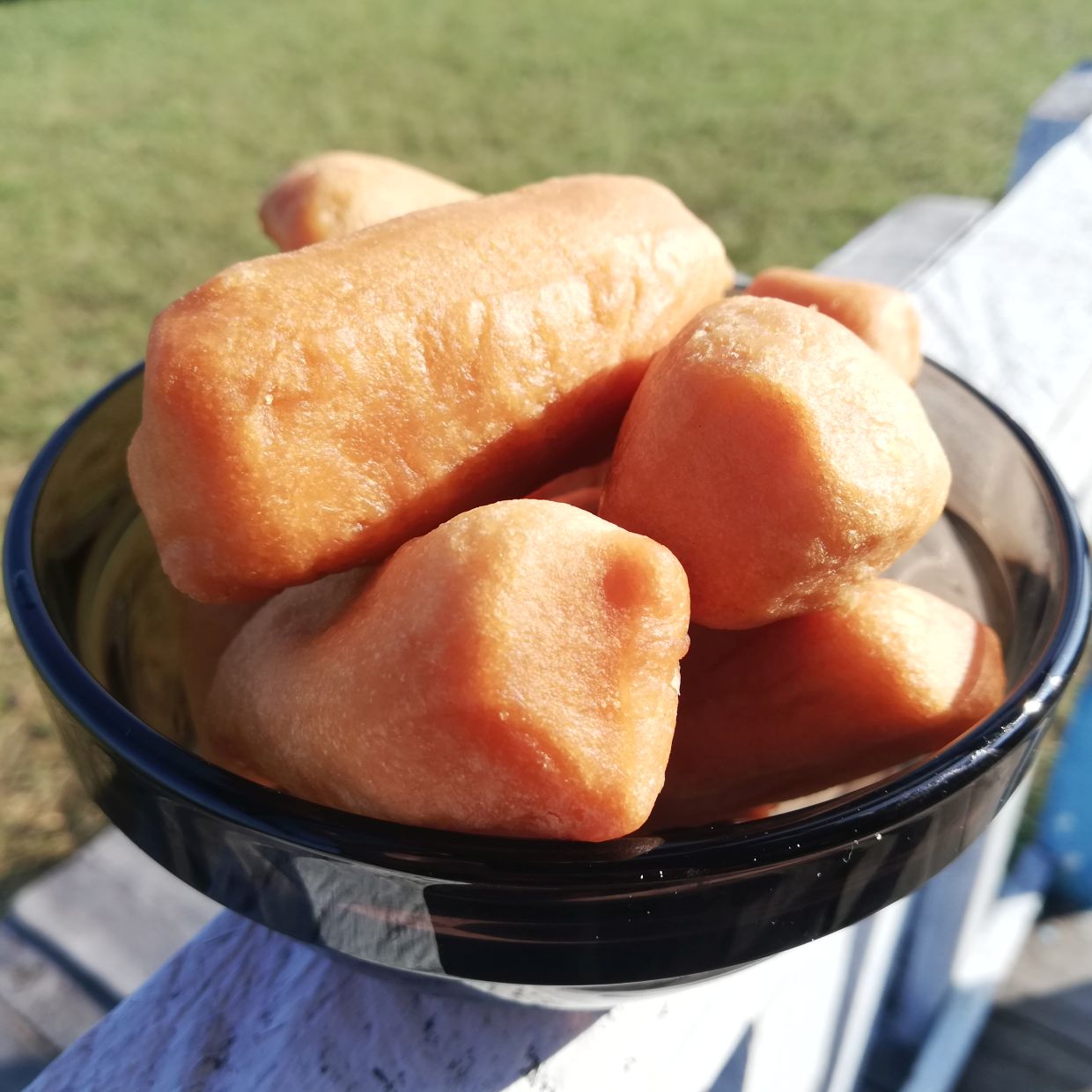
Nepalese Desserts
Jeri from Nepal
from Michelle Della Giovanna of Full Time Explorer
Jeri is a Nepali sweet which reminds me a bit of funnel cakes, only better. A combination of flours, saffron, and cardamom make up this tasty treat which is dipped in a sweet syrup right before it’s served. The batter is poured into hot oil just like a funnel cake, except it’s bright orange from the saffron. When it comes out of the oil, it’s quickly dipped into a sugary syrup which makes it rather gooey and sticky. Because it’s so thin, crispy and juicy, you would have no idea it’s actually dough. The first time I tried it, I was positive that they had deep fried honey somehow. It’s best to eat it hot as soon as it’s done being fried. Many locals also put it inside a piece of puri bread and dip it into a garbanzo bean curry making it a savory Nepali dish. You can find this yummy treat at street stalls in major cities in Nepal. Best of all, it’s very cheap!
Filipino desserts
Halo Halo
By Disha Smith of Disha Discovers
When visiting the Philippines, the dessert possibilities are endless. With that being said, Halo Halo is a must-try. Halo Halo literally means “mix-mix” as it consists of evaporated milk, shaved ice, ice cream and a few add-ins of your choice. Some common add-ins are lychee, jellies, jackfruit, sweetened red and white beans, corn and more. Basically, all of the toppings and ingredients are layered in a glass or bowl and topped with shaved ice. Halo Halo is exciting to eat as you’ll have beans in one bite versus fruit in another. It’s a refreshing dessert that you’ll enjoy trying.
Desserts in Singapore
Ice Kachang
By Jennifer from Sidewalk Safari
Eating street food is one of the most fun things to do in Singapore. Singapore is a hot country so the best street food is one that’s cold and refreshing. Try ice kachang, a dessert that may very well be the most unusual you’ll ever taste. Ice kachang is a pile of shaved ice served over cubes of gelatin mixed with kidney beans and sweet corn. Ice kachang is often served with condensed milk poured over the top.
Ice kachang is definitely unusual but the mix of flavors and textures somehow just works. What makes ice kachang taste even better is the price. A huge dish can cost as little as 2.50 Singaporean dollars (less than $2 USD) at Singapore’s hawker centres. You can also find ice kachang in the food court at the shopping malls prevalent around Singapore.
Taiwanese Desserts
Taiwanese Shaved Ice
from Tom at A World of Flop Houses
Shaved ice with toppings is a dessert that can be found in many East Asian countries, especially Southeast Asia, but the versions in Taiwan offer huge choices. The concept is simple: it’s awfully hot out. Have something cold, and might as well make it sweet. Called Bào Bīng in Chinese (剉冰), and often “Snow Ice” in English, large chunks of ice are spun by a machine that makes paper-thin shavings from them. Very often, it’s made from frozen chunks of milk (Xue Hua Bing), or ice already containing flavorings, such as green tea. These aren’t harsh, jagged shavings; they’re indeed more like snow, light, fluffy, or even like frozen sheets of paper.
From there, choose your toppings: international favorites such as chocolate or various fruits, or more Asian choices such as condensed milk, or sweet beans such as adzuki or mung. They’ll have nuts, grass jelly, maybe even taro. Mango, when in season, is wildly popular, as the mangos in Taiwan are ridiculously good. To find this dessert, look for night markets, stands in food halls (such as in the malls), or independent stands along with popular pedestrian areas.
Thai Desserts
Mango Sticky Rice
By Kaisa of Glam Granola Travel
Sweets in Vietnam
Banh Ran (Vietnamese Donuts) in Hanoi, Vietnam
By Nick Wheatley of Wandering Wheatleys

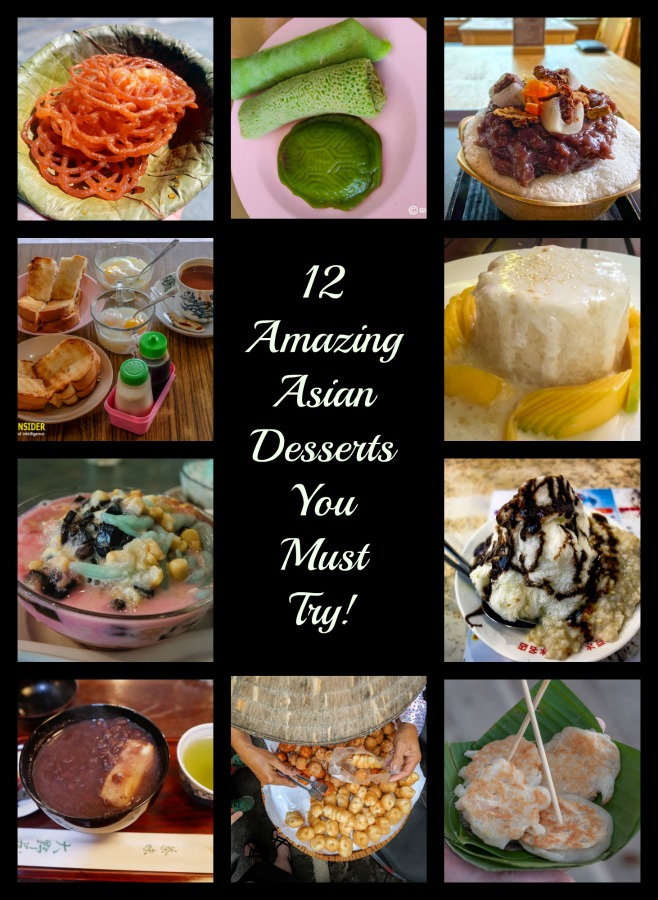
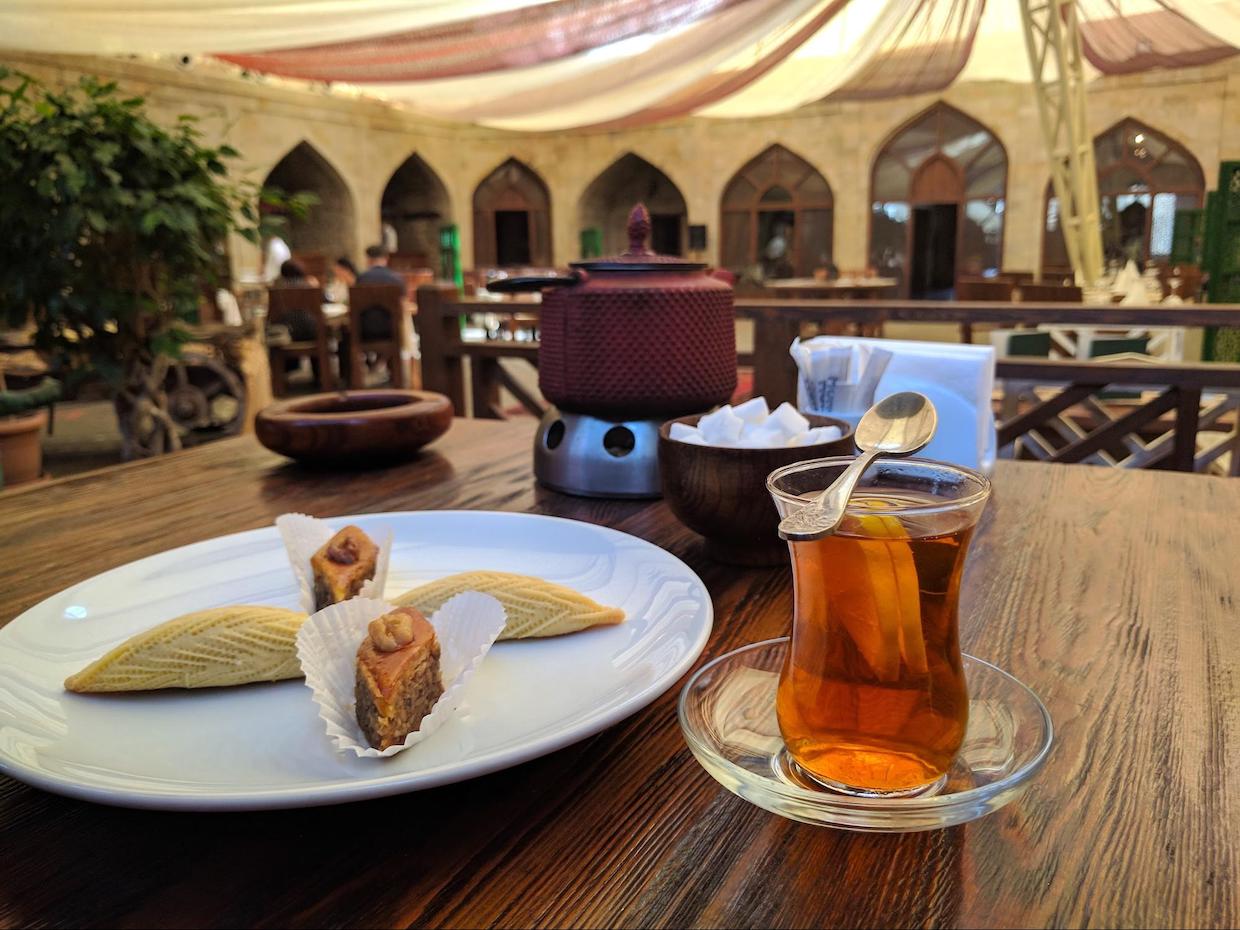
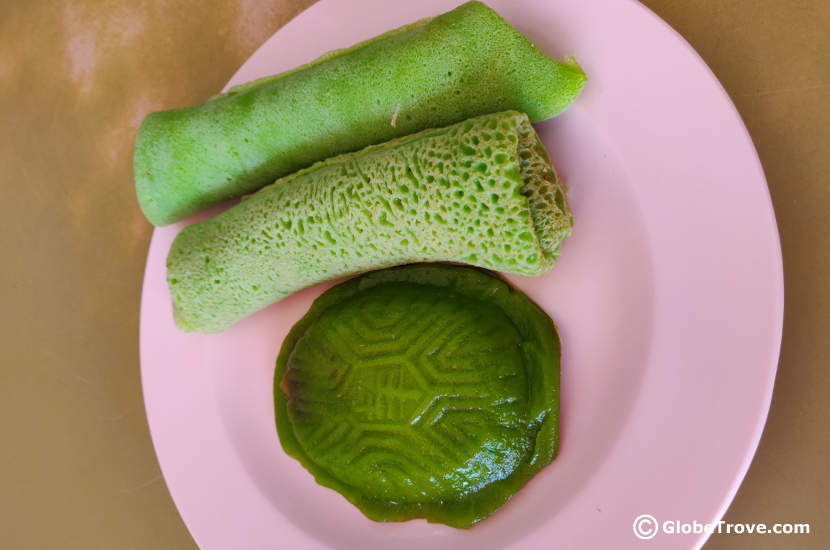
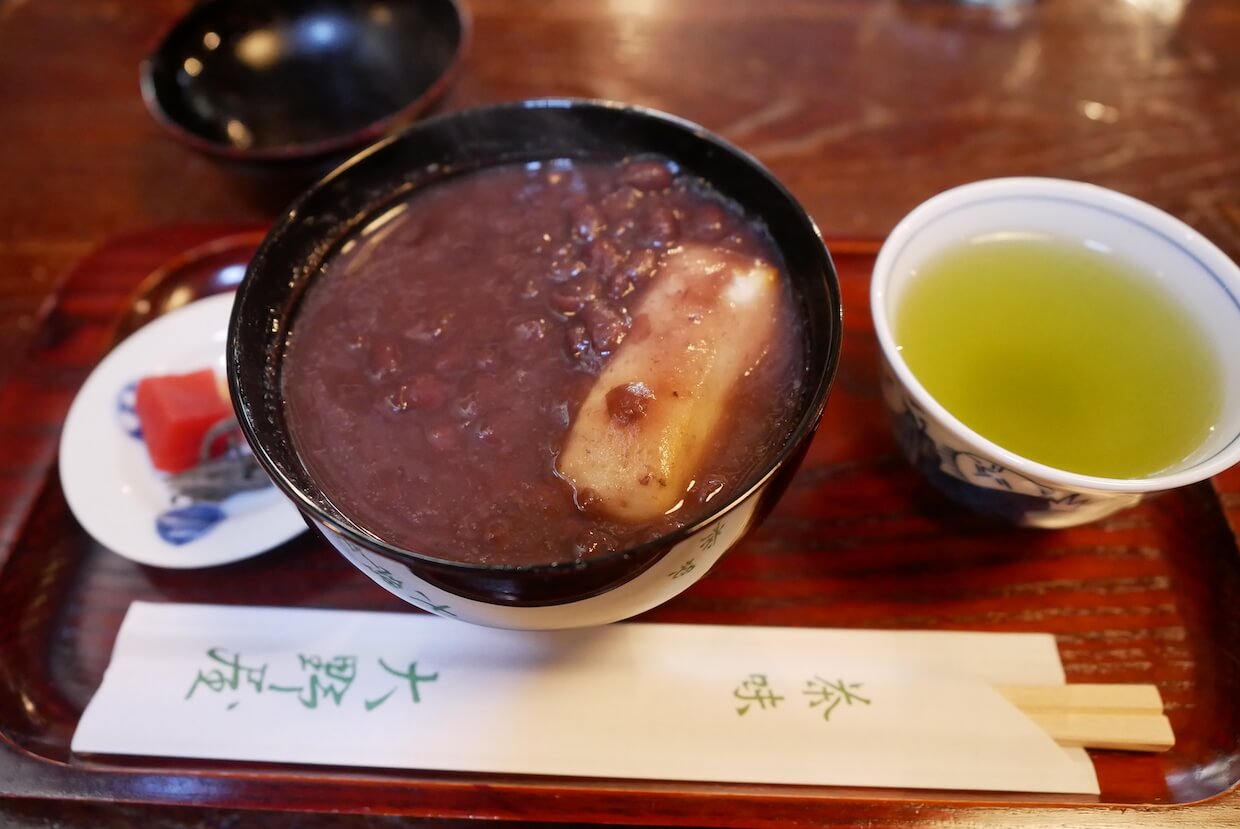
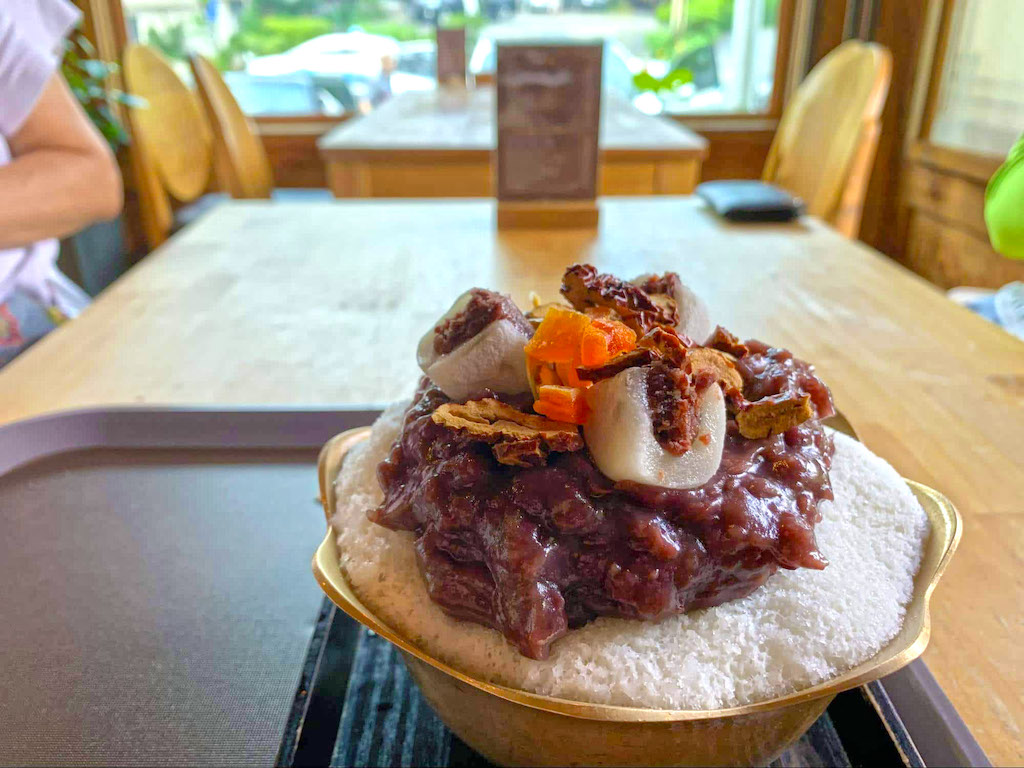
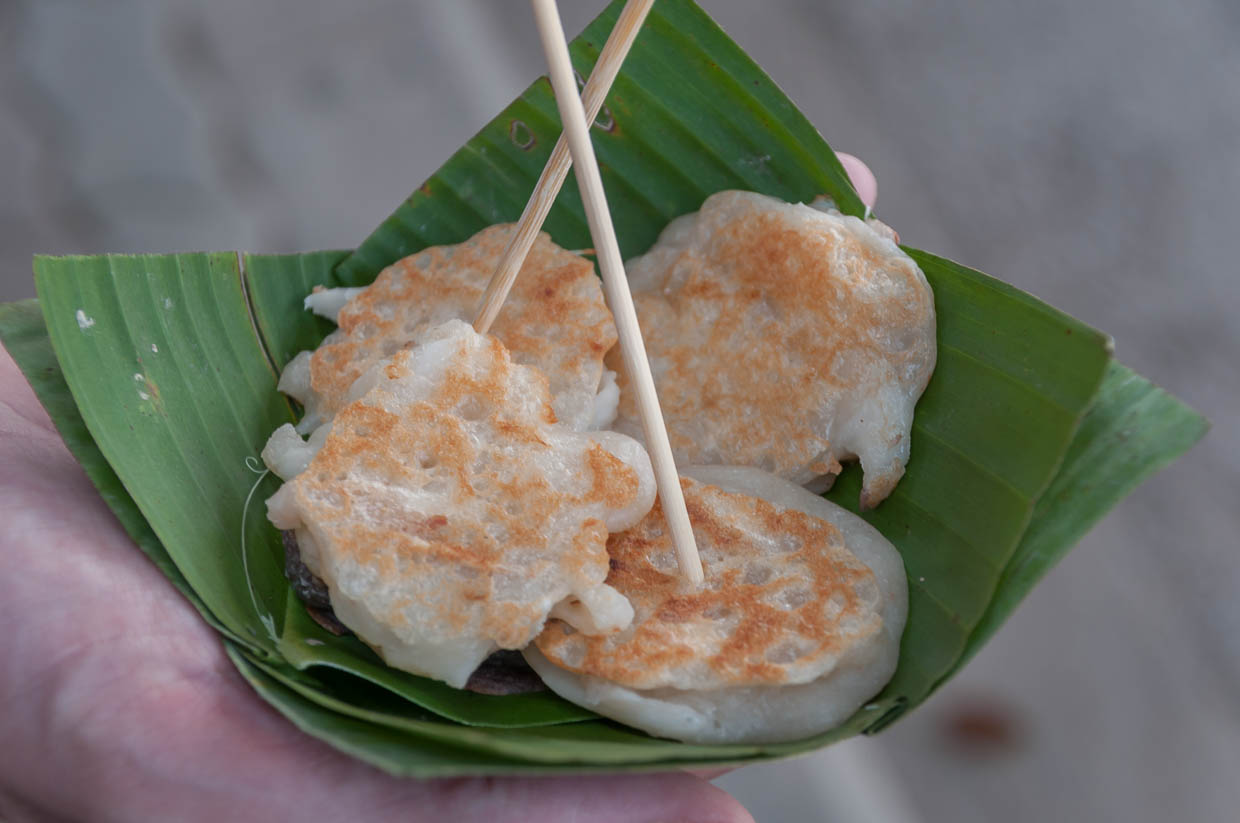

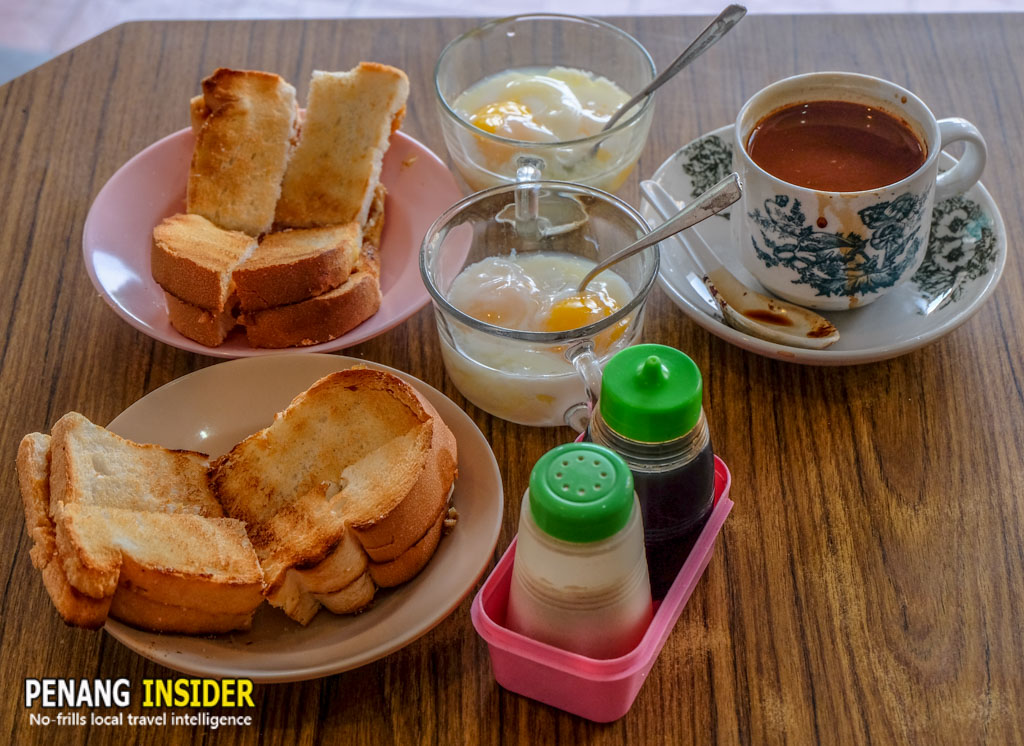
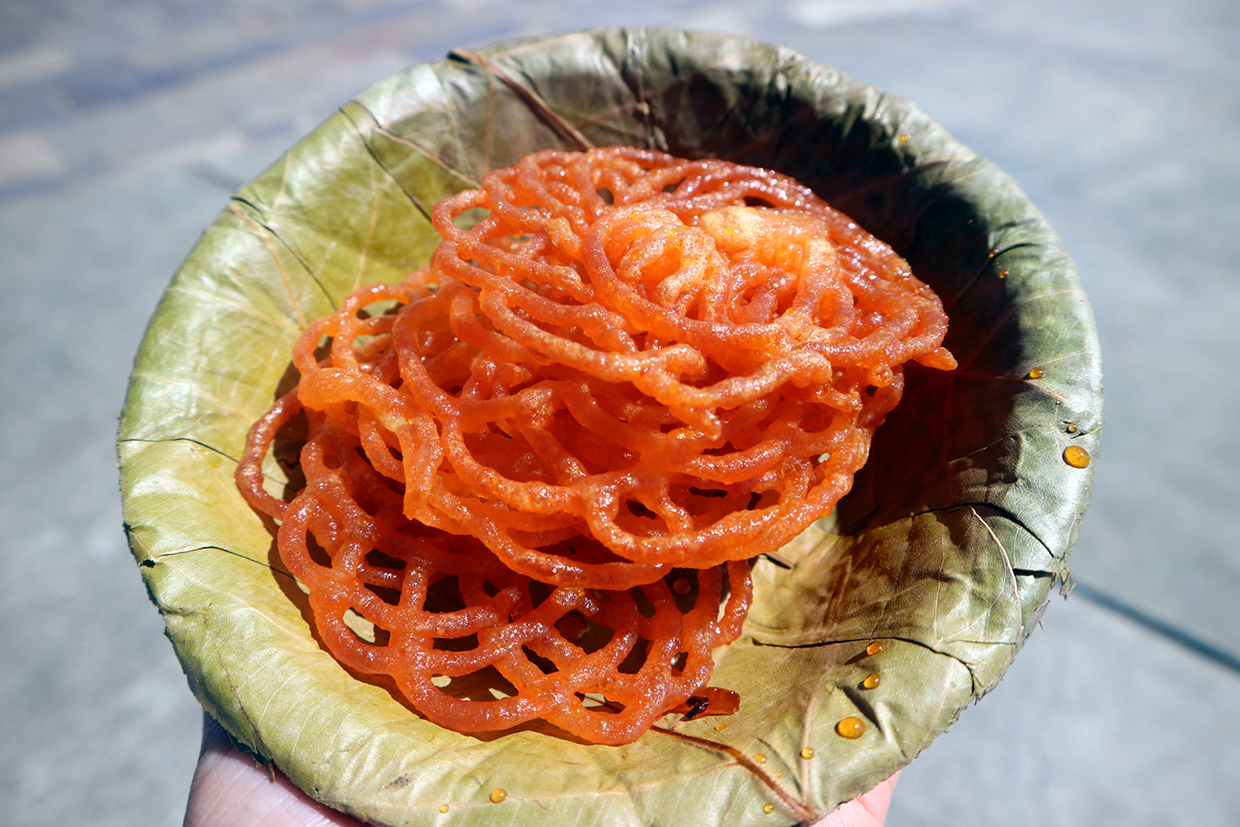
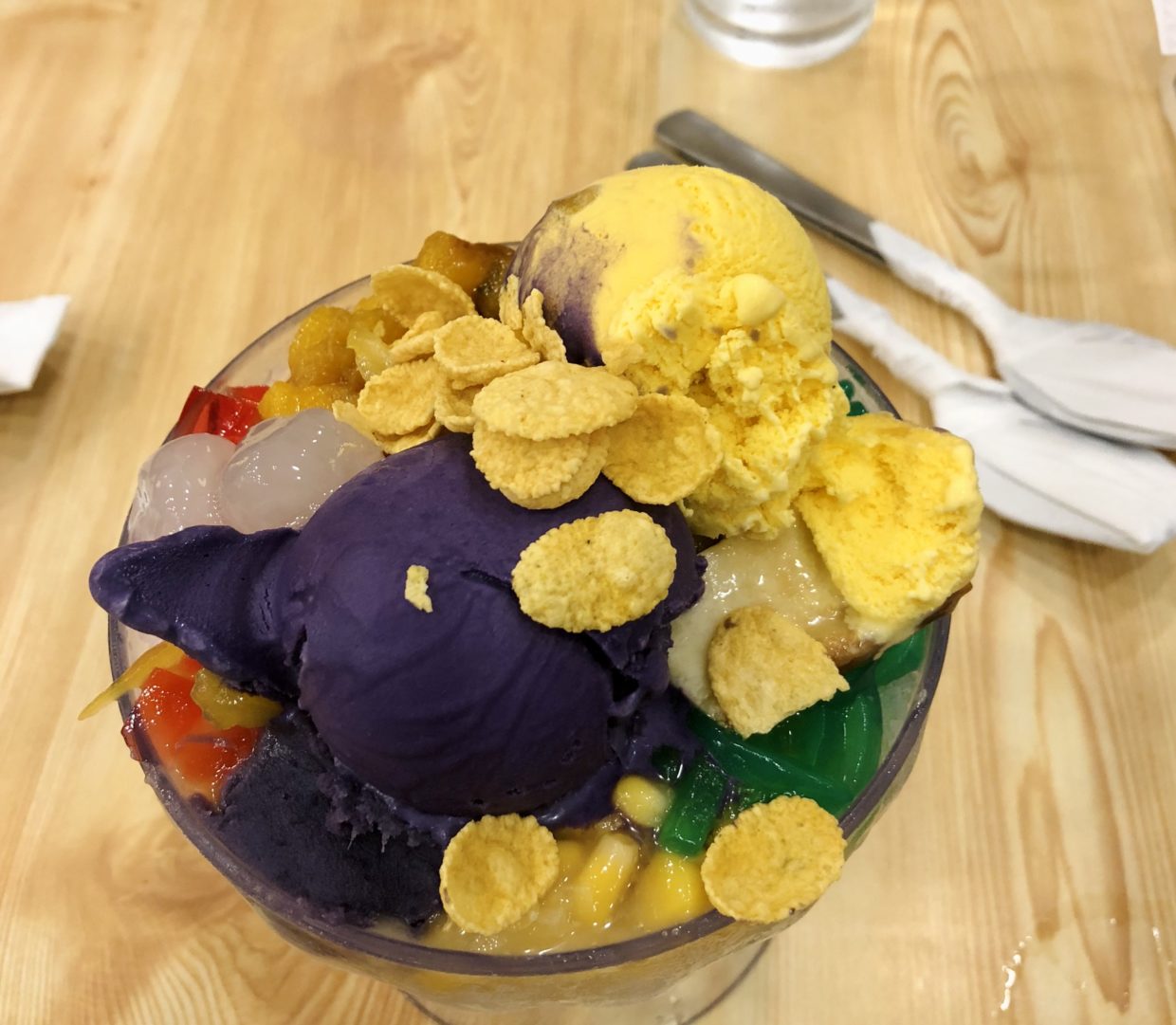
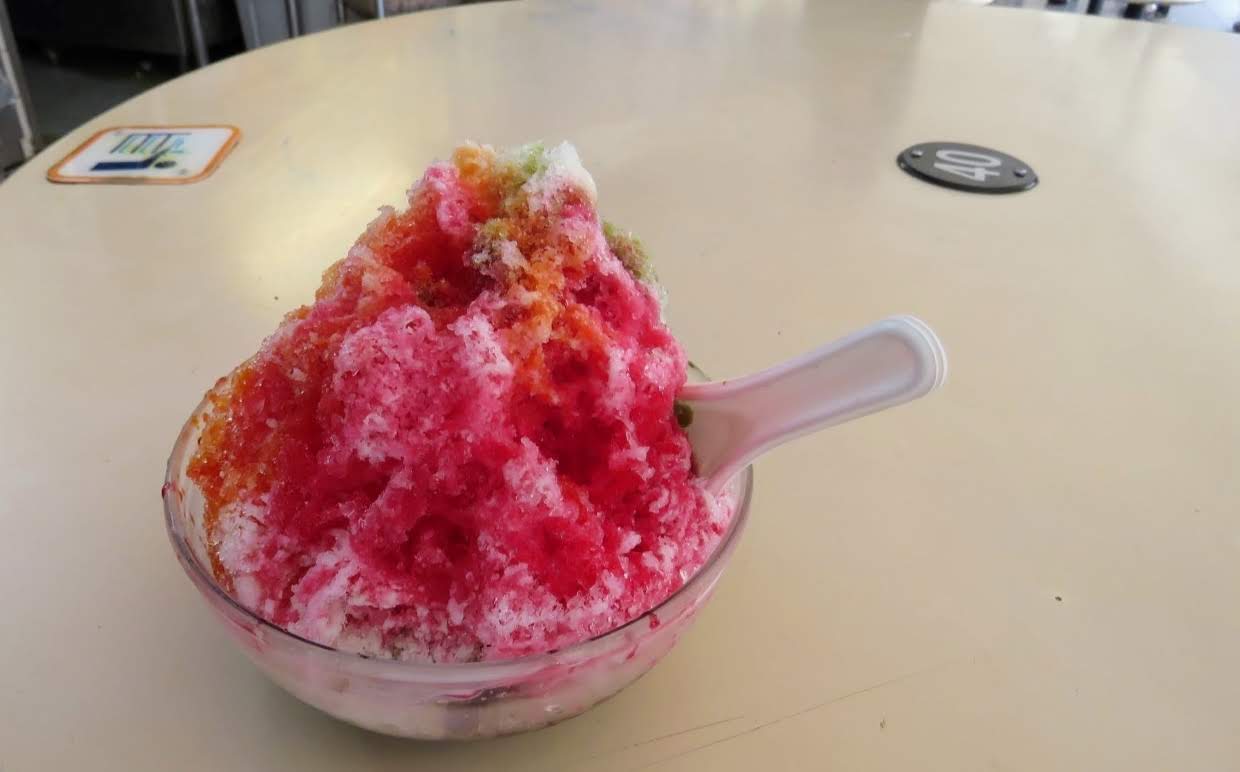
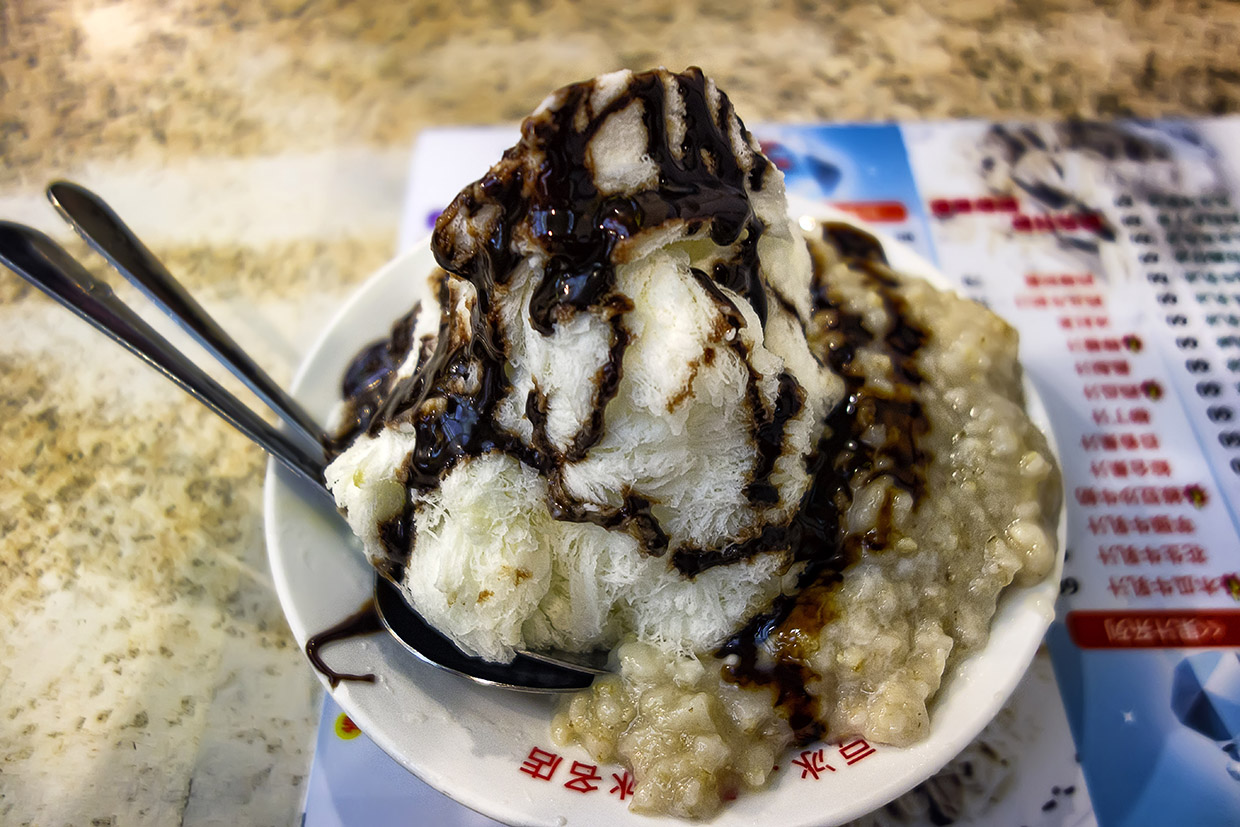
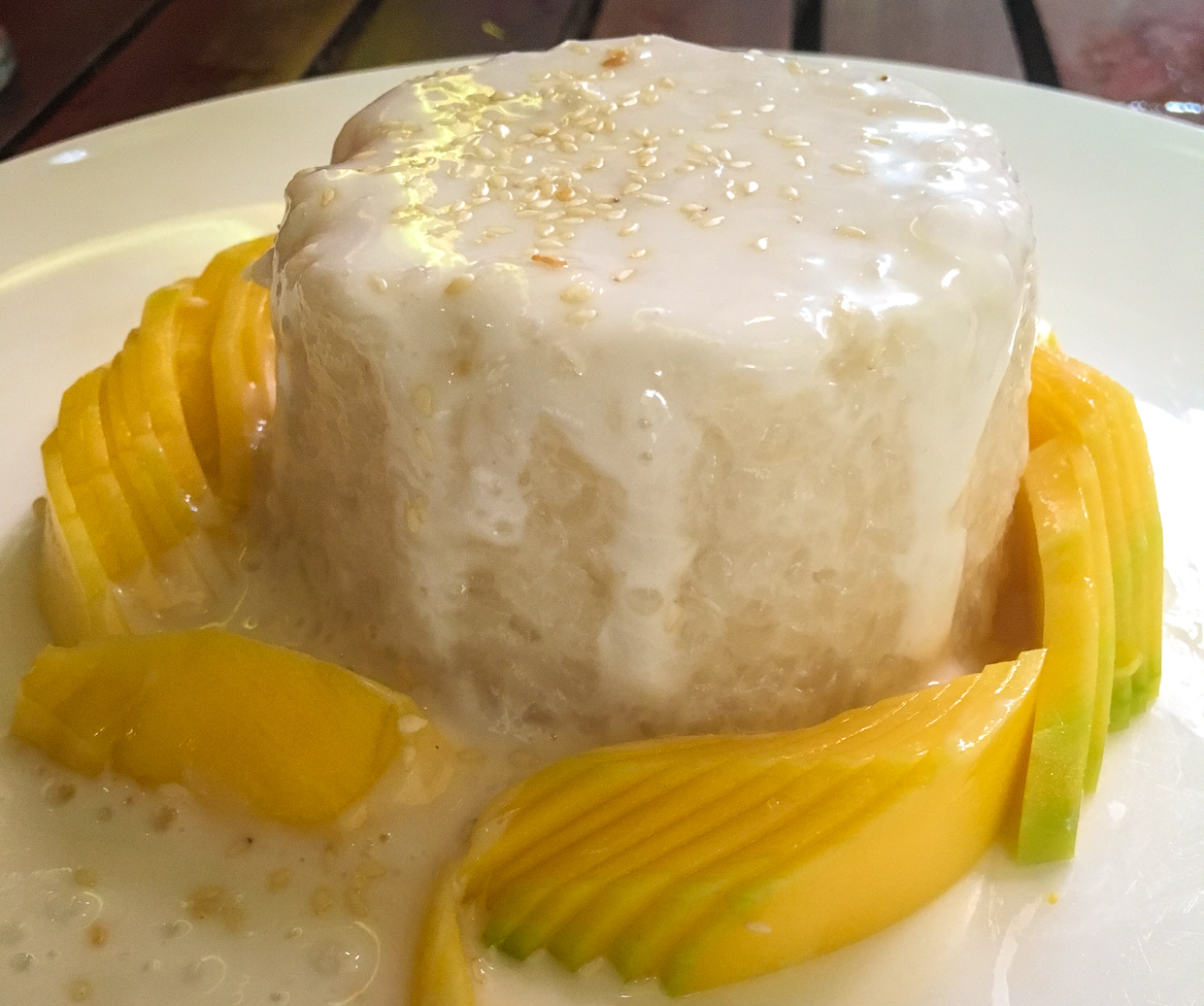
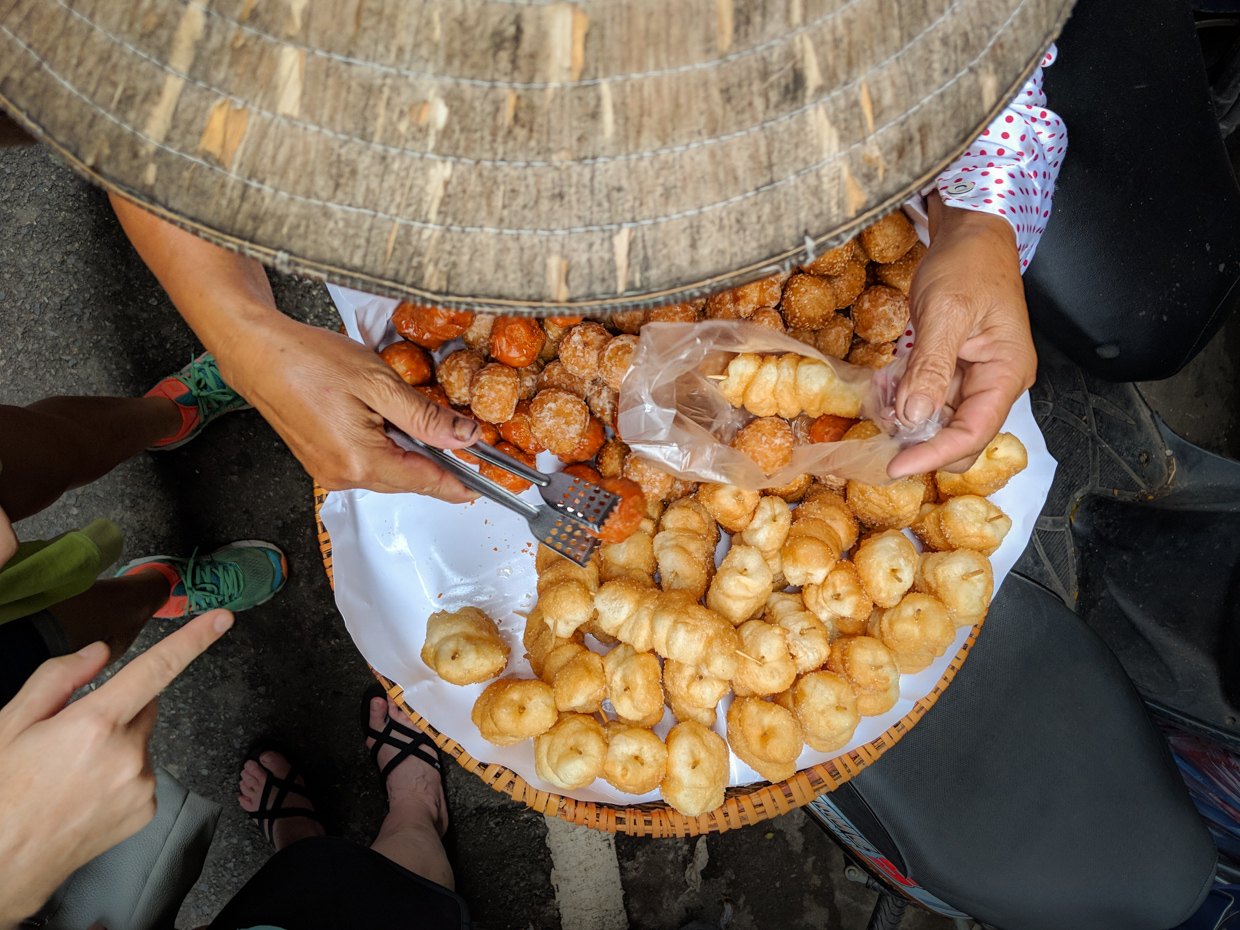
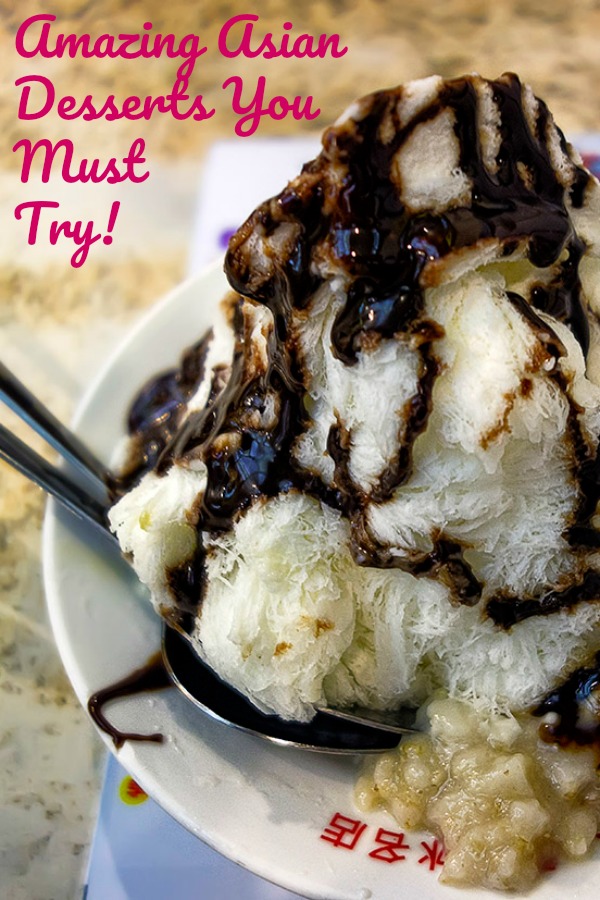
Excellent recommendation. Asian desserts are fabulous. I have lived in Singapore for a while and the food is truly divine as it blends the best from different sides of the straits. It is also the first and so far the only country in the world with Michelin star-awarded hawker food, imagine that!!!